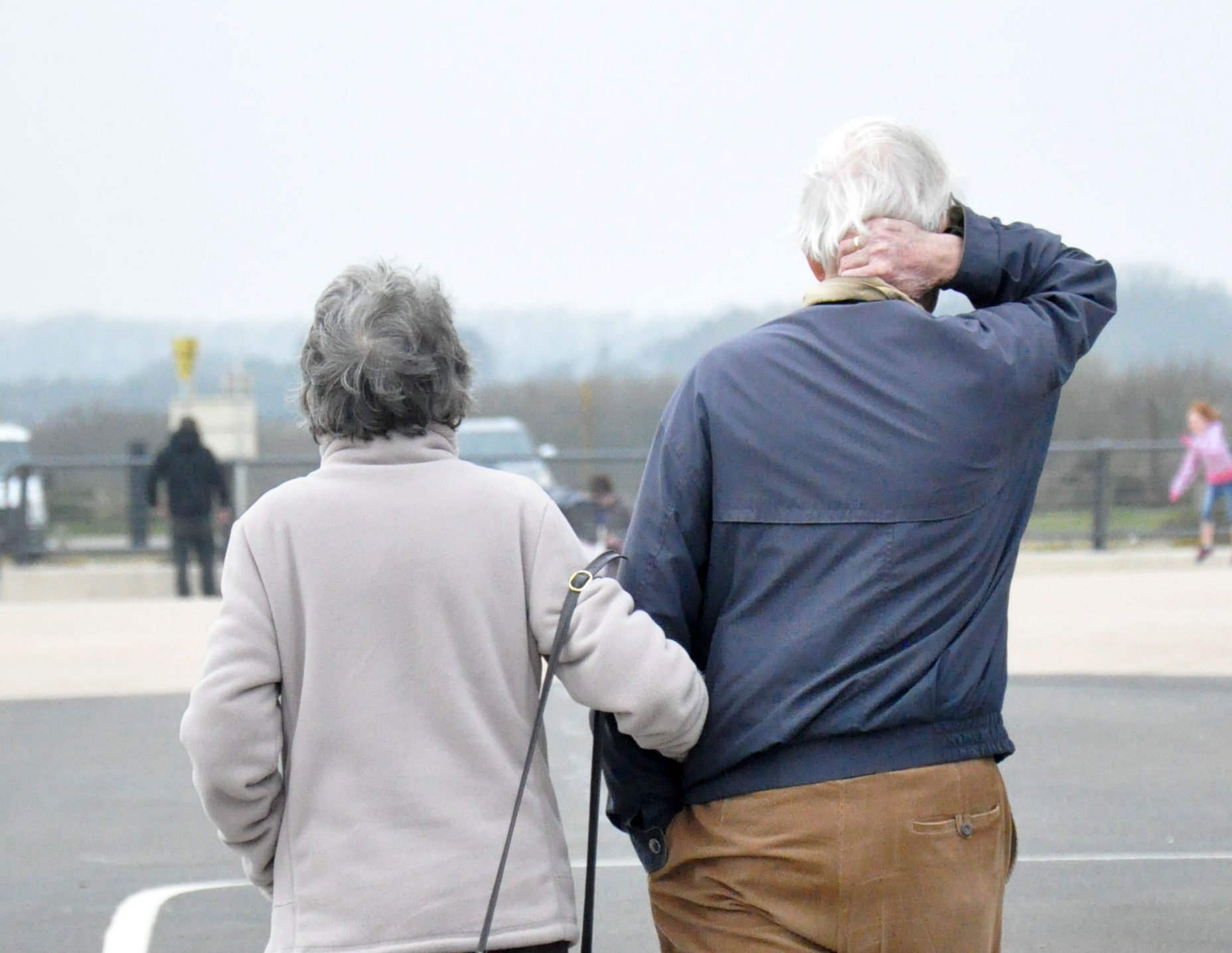
A “dramatic” increase in the number of older cohabiting couples could lead to more people missing out on valuable tax breaks and state pension rights, analysis by an insurer suggests.
Royal London found that despite a growing trend of over-65s living with a partner as an unmarried couple, perhaps after previously being widowed or divorced, many tax and benefits rules still treat cohabiting couples as “second class citizens”.
While the rate of cohabitation generally has risen by around one third since the turn of the century, the rate among those over state pension age has trebled, according to Royal London.
It said that over 300,000 people aged over 65 are now living together as part of an unmarried couple across England and Wales.
Royal London’s analysis of Office for National Statistics (ONS) figures for England and Wales covering the period 2002 to 2015 found the proportion of adults who were cohabiting rose by about one third over the period from 7.5% to 10%.
The proportion of people over state pension age who were cohabiting trebled over the same period. The rate for those aged 65 to 69 rose from 1.5% to 4.5%, and the rate for those aged 70 and over rose from 0.7% to 2.3%.
Helen Morrissey, a personal finance specialist at Royal London, said: “With each passing year more and more people are choosing to live together as couples, and it is amongst those over pension age where the growth has been the most dramatic.
“But individuals need to be aware that there are many tax breaks and state pension advantages which apply only to married couples.
“For example, the family of a cohabiting couple could face an extra £70,000 inheritance tax bill compared with the heirs of a married couple.
“Similarly, cohabiting couples are excluded from income tax breaks worth hundreds of pounds a year and from the rights to inherit a state pension when one partner dies.”
She said there should be a review of whether the tax and benefit system needs to be updated “to reflect the world in which we now live, not the world of the 1940s”.
Royal London said the system is still largely based around people who are either single and living alone or living as a married couple.
It said that, for example, married couples enjoy significant inheritance tax benefits over their cohabiting counterparts.
They can pass wealth to their surviving spouse free of inheritance tax and they can also transfer any unused portion of their inheritance tax threshold to their spouse – but neither of these options is available to cohabiting couples.
Married couples also have advantages when it comes to income tax, with some special tax allowances for married couples only.
Meanwhile, many current pensioners reached state pension age before the new state pension was introduced in 2016.
They will be covered by the old state pension system, under which there were certain rights to an improved state pension following the death of a spouse, which do not apply to cohabiting couples.
Under this system, an older married woman could see her state pension boosted by around £2,500 per year following the death of her husband, but a cohabiting partner would miss out, Royal London said.

Enjoy the convenience of having The Sunday Post delivered as a digital ePaper straight to your smartphone, tablet or computer.
Subscribe for only £5.49 a month and enjoy all the benefits of the printed paper as a digital replica.
Subscribe